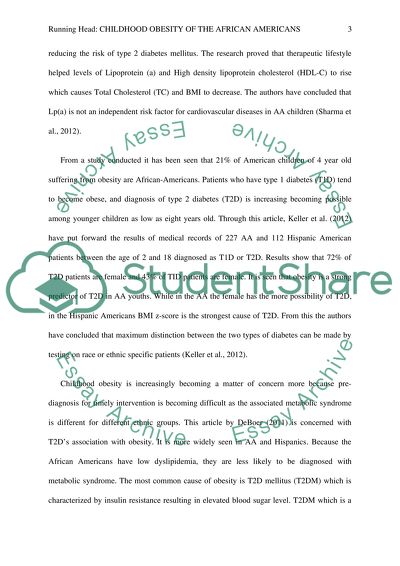Cite this document
(“Literature Review: Childhood Obesity in the African American Families Term Paper”, n.d.)
Literature Review: Childhood Obesity in the African American Families Term Paper. Retrieved from https://studentshare.org/health-sciences-medicine/1401701-review-of-litterature
Literature Review: Childhood Obesity in the African American Families Term Paper. Retrieved from https://studentshare.org/health-sciences-medicine/1401701-review-of-litterature
(Literature Review: Childhood Obesity in the African American Families Term Paper)
Literature Review: Childhood Obesity in the African American Families Term Paper. https://studentshare.org/health-sciences-medicine/1401701-review-of-litterature.
Literature Review: Childhood Obesity in the African American Families Term Paper. https://studentshare.org/health-sciences-medicine/1401701-review-of-litterature.
“Literature Review: Childhood Obesity in the African American Families Term Paper”, n.d. https://studentshare.org/health-sciences-medicine/1401701-review-of-litterature.


